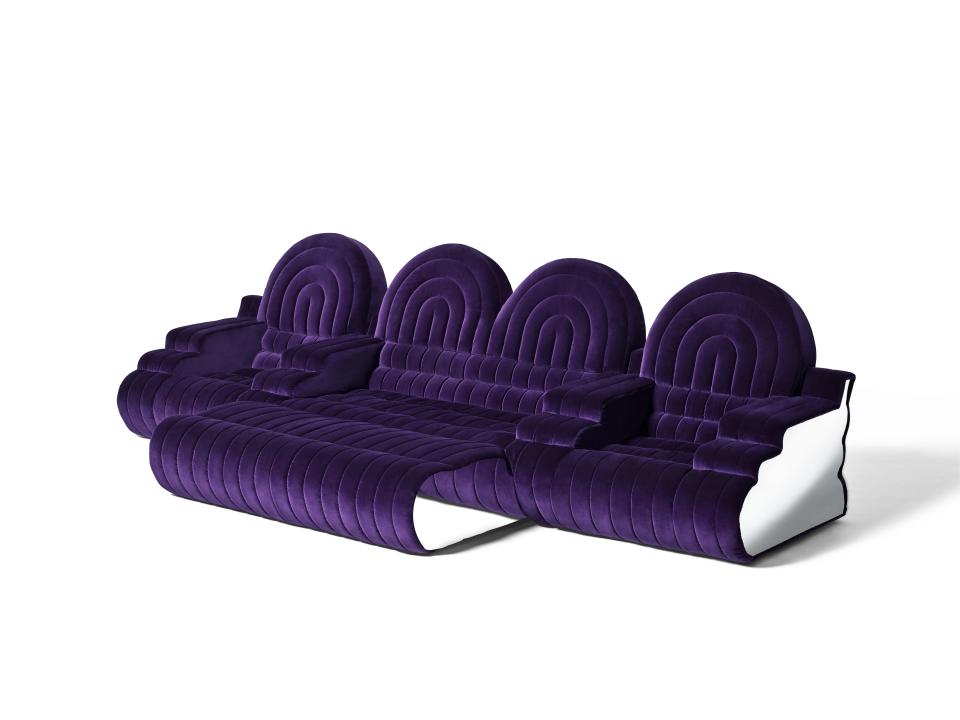Headed to Milan Design Week? Get Ready to Go Clubbing
In late 1960s Italy, the most topical architects of the time took their radical designs into an unexpected realm: the nightclub.
"People sat on sofas shaped like camels or hippopotamus," recalls Italian architect Lapo Binazzi of the far-out beach club his firm UFO created in Forte dei Marmi, a seaside town in Tuscany in 1969, redesigned each summer of its three-year run. "The DJ was on a flying carpet. The atmosphere was really fantastic."
Big, cheap, and full of ecstatic, well-lubricated groovers, discos were the perfect place for radical architects to realize their subversive fantasies.
"In the same way individuals like to dress and behave differently when they go out at night, clubs offered spaces for experimental things to happen that would not happen as part of the everyday routine," explains Jochen Eisenbrand, who curated "Night Fever. Designing Club Culture 1960–Today," an exhibition on view at the Vitra Design museum through September 9. "Particularly in Italy in the 1960s, there was a discourse around the new spatial typology of the club."
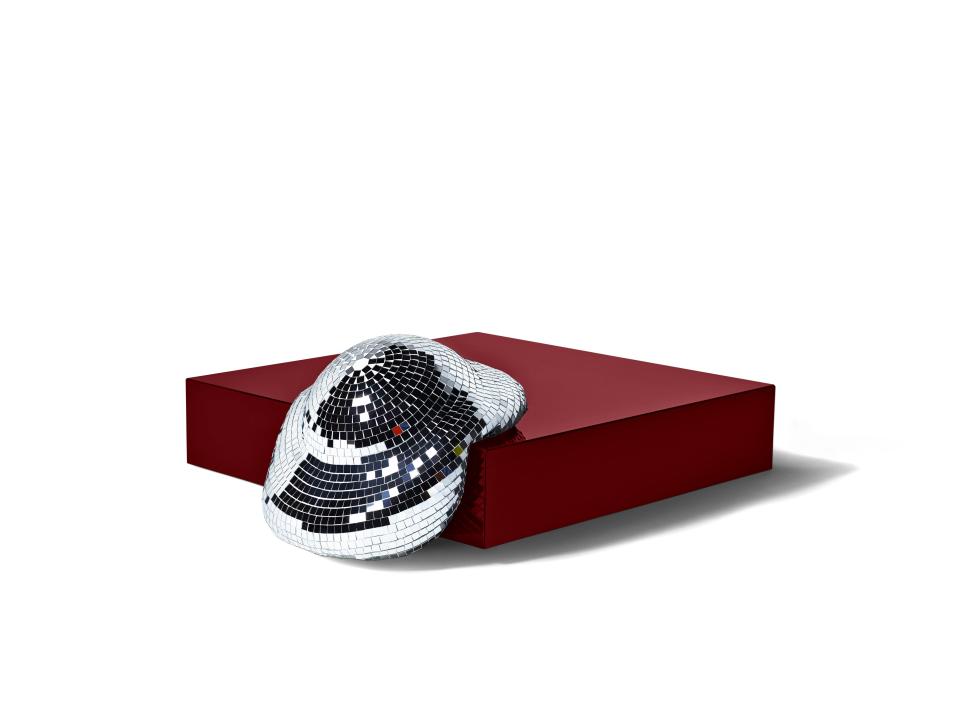
After the last year's rediscovery of Italian Radical design (R&Co. mounted SuperDesign in November, and New York's Metropolitan Museum's summer blockbuster Ettore Sottsass exhibition shined light on the architect's radical roots), this year in Milan during the Salone del Mobile furniture fair, it seems these avant garde party environments are the latest radical fruit, ripe for revisiting.
For starters, Gufram, the experimental Italian furniture producer (think Studio 65's lip sofa or Gruppo Strum's Pratone, made in squishy polyurethane foam) who realized radical furnishings for several discos during the '60s, '70s, and '80s, (in the '80s the brand had a catalogue called Linea Discoteche dedicated to disco furniture, with many armchairs and small sofas) is launching a collection that repackages the groovy designs for the 21st century.
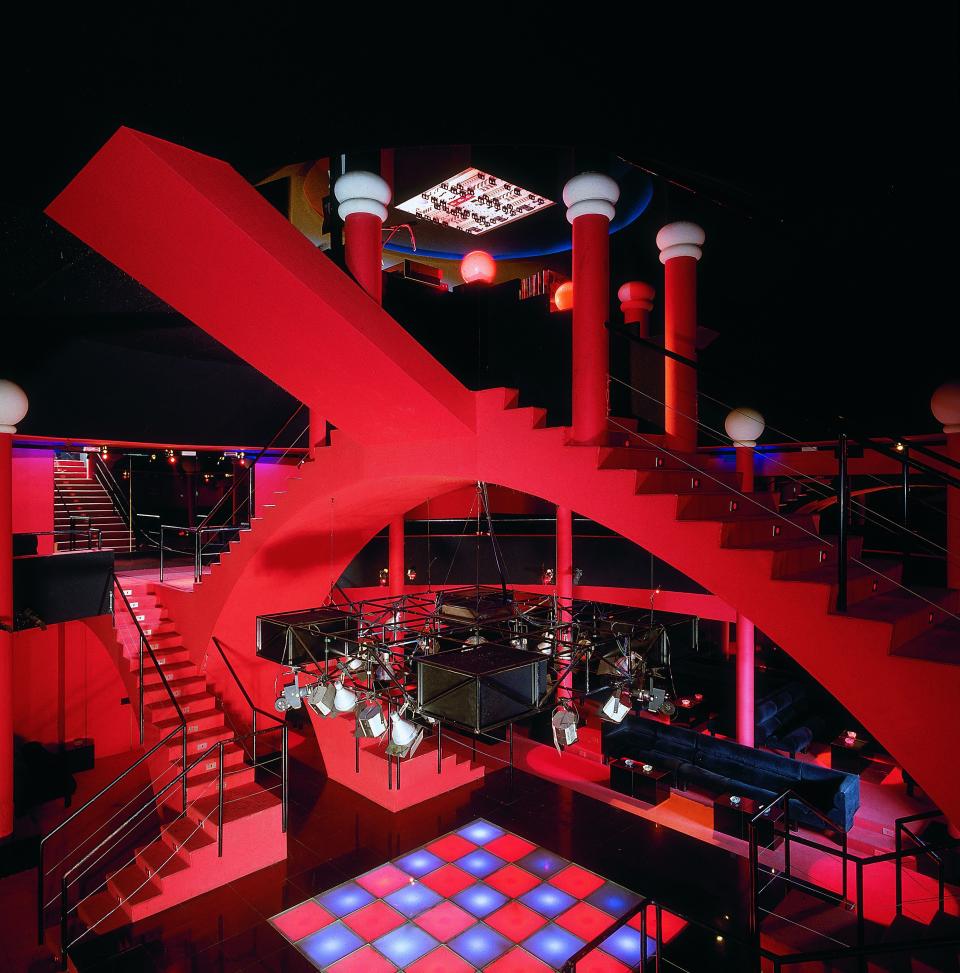
"We wanted to develop a collection inspired by nightlife which was elegant and fun—that sort of place you can enjoy without sweating too much!" explains Charley Vezza, Gufram’s owner and global creative orchestrator. "Gufram has always worked with radical designers, so we're exploring our heritage, so to speak. We tried to resurrect the vibe and bring it to the third millennium."
For the collection, Gufram tasked three contemporary design firms with creating disco-ready decorations: Italian firm Atelier Biagetti made sculptural sofas, Dutch designers Rotganzen created coffee tables and cabinets, and Paris-based studio GGSV realized club-ready carpets.
"You could say that discos are part of our heritage," says Alberto Biagetti. He and his wife Laura grew up in Romagna, the heart of the Italian Riviera and home to some of the most iconic discos in Italy. "Take Baia Imperiale, for example, in Gabicce, designed as if it were an ancient Roman palace with majestic staircases, obelisks, statues, columns, sphinxes and thrones; then there is Riccione’s Coccoricò, which has a massive glass pyramid comparable to that of the Louvre in Paris. These places were extremely visionary when they were first built and were intended to create immersive experiences. This is something that we aim to create with our own projects."
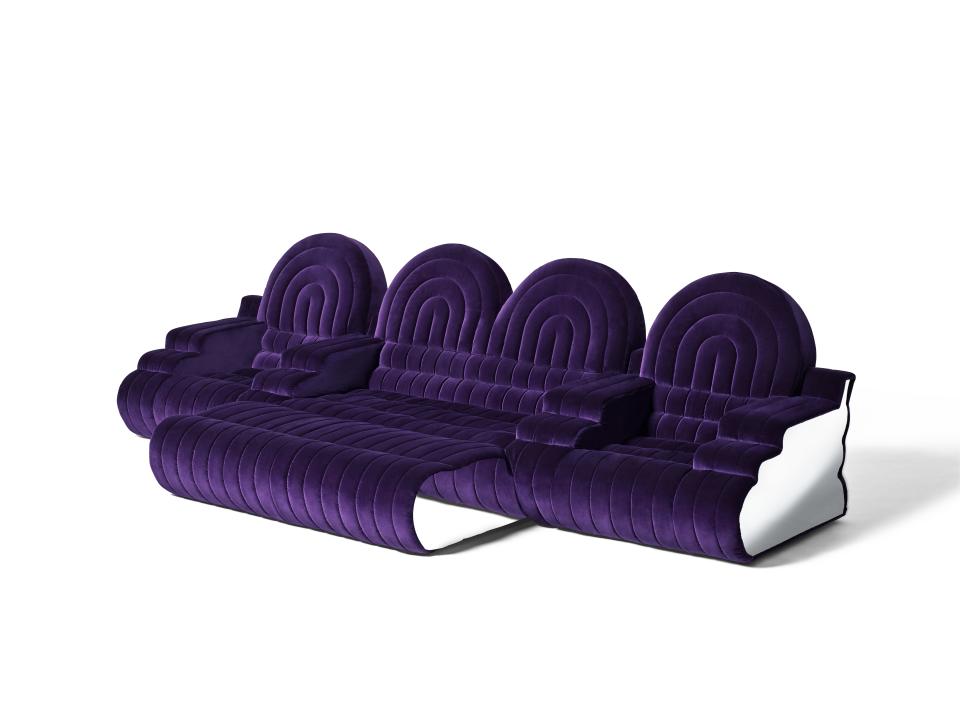
Fittingly, the collection will be unveiled on Tuesday amid thumping beats at Mediateca Santa Teresa. But across the city during Milan Design Week, clubby design environments abound: Maurizio Catalan's brand Toiletpaper is hosting a party called Caution: Disco in Progress on Thursday night, and Milanese firm Studiopepe has devised a members-only hangout called Club Unseen that draws inspiration from 1970s projects of radical firms Archizoom and Superstudio. Even French design star India Mahdavi has transformed Nina Yashar's elegant gallery Nilufar into an elevated (and exclusive) hangout.
"A private club is about intimacy, and in this case it’s members only, for one night only, so I’m sure it will give a very special energy to Milan and the design week," she explains of the novel concept.
There's certainly a nostalgia about it all, considering the ever-shortening life span of clubs these days, most of which, in recent years, opt for minimalist schemes over the free-spirited experimental design of yore.
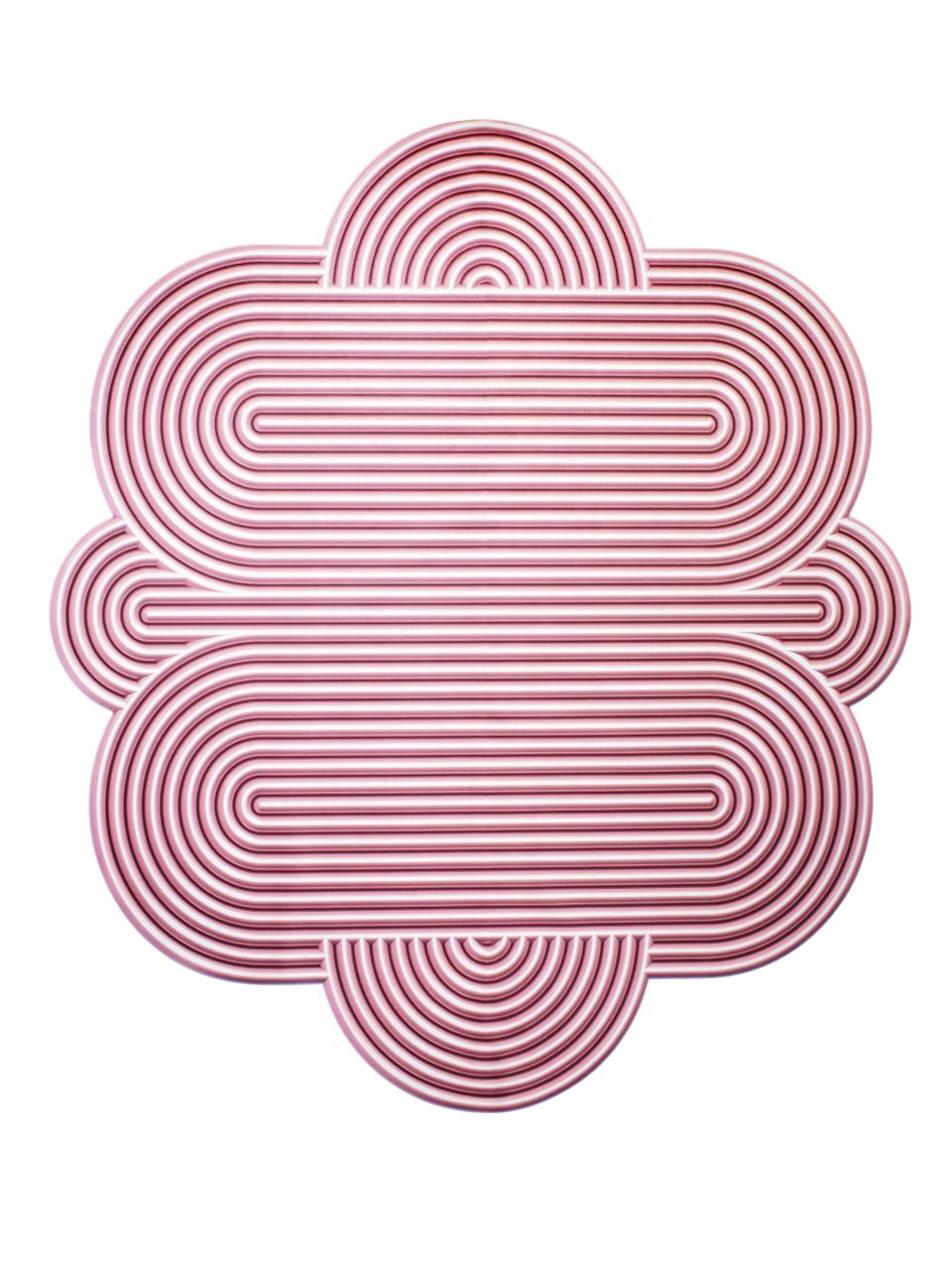
"In many cities, clubs are in a somewhat difficult or at least ambivalent situation," explains Eisenbrand. "On the one hand, cities commission night mayors to look after the city’s nightlife; on the other hand, rents and real-estate prices in many inner cities have become so high, that clubs have trouble surviving."
For what it's worth, he's hopeful: In the 1960s, clubs offered some of the first immersive environments and offered artists to experiment with slide, film and light projections, often in 360°. Today we may again be at a similar point in regard to new technologies enabling such immersive environments, with virtual reality glasses and the like.
Here's hoping the disco fever catches on.
